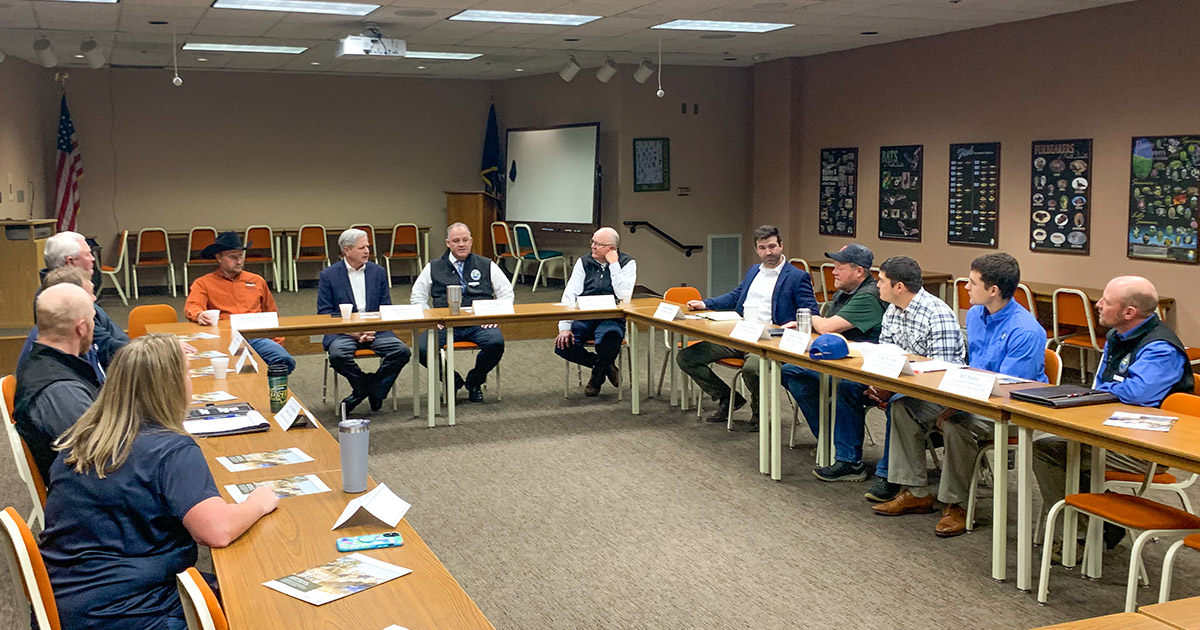Hoeven Outlines Legislation to Bolster Chronic Wasting Disease Research and Management Efforts
Senator Meets with ND Game & Fish, Sportsmen & Livestock Groups Ahead of Deer Hunting Season
BISMARCK, N.D. – Senator John Hoeven today held a meeting with North Dakota Game and Fish officials, including Director Jeb Williams, as well as representatives from sportsmen and livestock groups, to discuss efforts to combat Chronic Wasting Disease (CWD). To this end, Hoeven is sponsoring legislation with Senator Martin Heinrich (D-N.M.) that would provide $70 million per year, split evenly between both research and management of the disease. The U.S. Department of Agriculture (USDA) would administer the funds through cooperative agreements with state and tribal wildlife agencies and agriculture departments.
“Hunting is both a longtime tradition in North Dakota and an important part of our economy. With deer hunting season opening this week, today’s discussion on efforts to address the impact of CWD on both wildlife and deer farmers is timely,” said Hoeven, Ranking Member of the Senate Agriculture Appropriations Committee and a senior member of the Senate Agriculture Committee. “Our ag researchers and Game and Fish officials are working hard to combat this harmful disease, but they need additional help. Our legislation would bolster their efforts by providing needed resources to research and develop better testing methods and management practices, while also empowering states and tribes to implement these solutions.”
Specifically, the legislation authorizes funds for the following priorities:
Research
- Methods to effectively detect CWD in live cervids and the environment.
- Testing methods for non-live cervids.
- Genetic resistance to CWD.
- Sustainable cervid harvest management practices to reduce CWD occurrence.
- Factors contributing to local emergence of CWD.
Management
- Areas with the highest incidence of CWD.
- Jurisdictions demonstrating the greatest financial commitment to managing, monitoring, surveying and researching CWD.
- Efforts to develop comprehensive CWD management policies and programs.
- Areas showing the greatest risk of an initial occurrence of CWD.
- Areas responding to new outbreaks of CWD.

-###-
Next Article Previous Article
